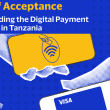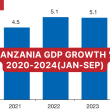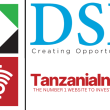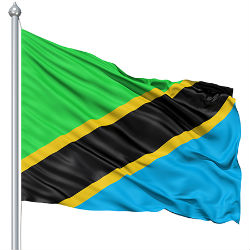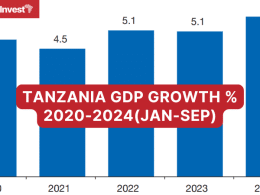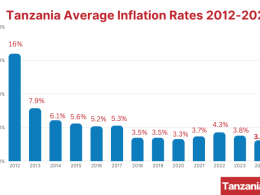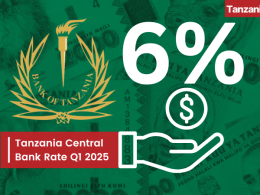The Economic Intelligence Unit has listed Tanzania as having most conducive environment for financial inclusion in sub-Saharan Africa in its Global Microscope 2014 study that was released in November 2014.
According to the newly released study, not only is Tanzania the most financially inclusive country, but it also has the most practical and forward-looking regulatory framework, led primarily by the central bank.
The report shows that the percentage of Tanzanians with access to financial services is expected to reach the 50% target set by the National Financial Inclusion Framework by 2016.
Policies and regulations that have supported this upward trend include new regulations on microfinance, micro-insurance, mobile payments, consumer protection and data collection.
Additionally, the country’s private sector has remained strong amidst growing competition in the key sectors of microfinance, mobile network operators (MNOs), savings and credit associations (SACCOs) and commercial banks.
Overall, sub-Saharan Africa was ranked second globally, with country’s scoring an average of 44 out of 100 and Tanzania reporting the score of 56 points followed by Kenya and Rwanda which scored 55 each.

